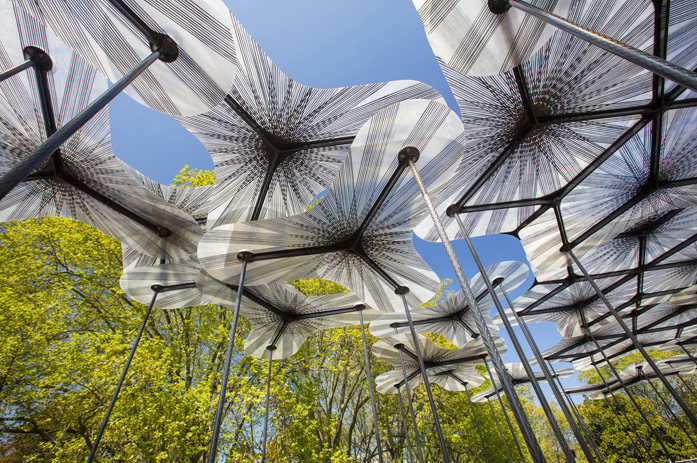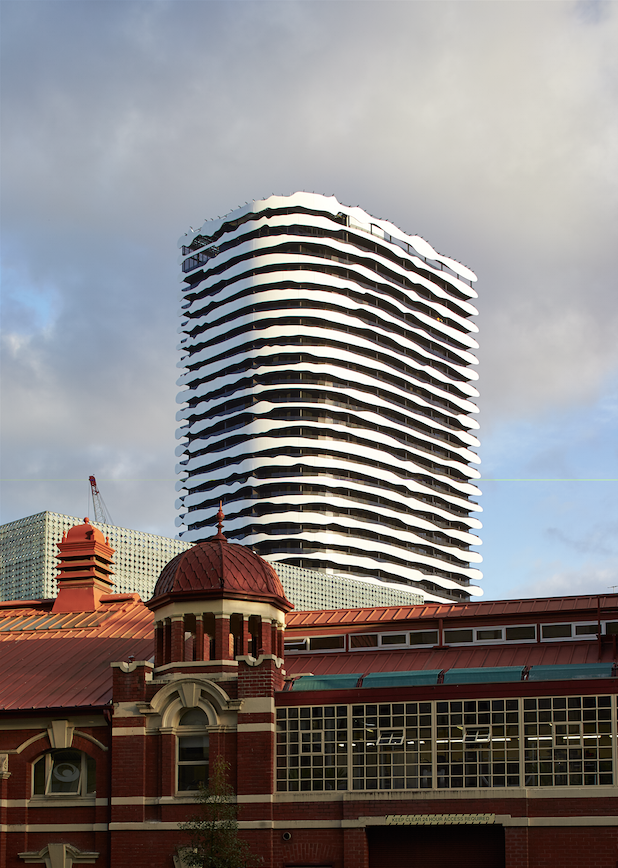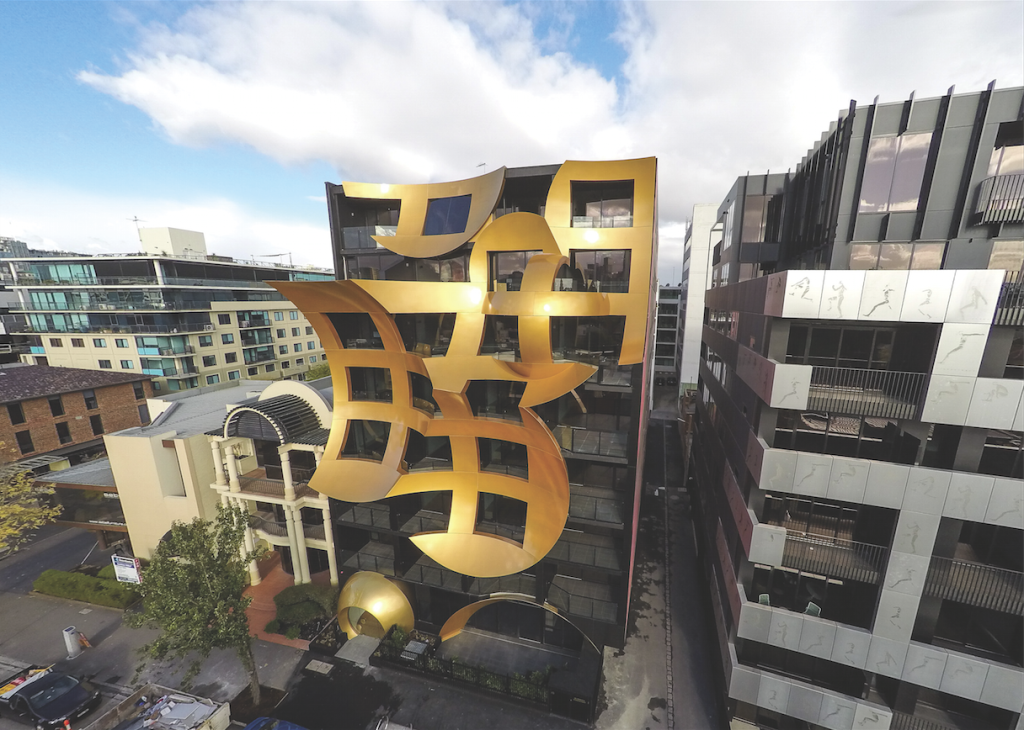
Innovative composites: Shapeshift Design Technologies
Innovative composites: Shapeshift Design Technologies
Share
In 2001, drawing on expertise gleaned from two decades in the professional yacht racing industry, Toby Whitfield and Jaime Marina founded the composites manufacturing company, mouldCAM.
mouldCAM became an important name in the maritime industry, while riding the wave of professionals in other fields seeking its specialised expertise. By fabricating materials applicable across an array of disciplines, mouldCAM has had the unique ability to work with and provide specific products for industries as diverse as architecture and animatronics. Its list of custom projects includes the construction of full-size aeroplanes used as props for film, turbines for the renewable energy sector, as well as the development of architectural responses with the Royal Melbourne Institute of Technology (RMIT).
When the effects of the Global Financial Crisis hit Australian shores in the late noughties, however, the local boatbuilding industry folded.
Having experimented with built projects previously, mouldCAM shifted its focus squarely towards the building and construction industry in 2009, with architects approaching the business seeking engineered material solutions to complex structural forms.
Casting its collaborative consultative efforts under the new name, ShapeShift Design Technologies, saw what had begun with mouldCAM as a fabrication and supply business evolve to become a leading force in the field of advanced composites.
In 2015, at the Swanston Square Apartment Tower, ShapeShift was able to showcase the best of building in composites. Monocoque panels form the strips cladding the building, specifically engineered for the project and subjected to rigorous testing.
Using mouldCAM’s large-format, three-dimensional CNC technology, ShapeShift was able to custom fabricate every panel to depict each contour of William Barak’s face – not one panel is duplicated over the building’s complex curve.
Whitfield says ShapeShift works with architects and structural engineers to find out how the business can continue to improve and develop materials.
“Fundamentally, it is a similar proposition to apply our knowledge of materials from the maritime world to the building and construction industry,” he says. “But the exciting thing for us is that architects truly appreciate form – and they’re attuned to the quality of materials.”
Discussing the company’s previous work, Whitfield comments that they have done funky shapes, but that the real gains can be found in developing the right materials for the job.
“Concrete has a place – no question – but it’s in the foundations, in the core of the building,” he says. “When people insist on using it for cladding, we’re here to say confidently that there’s a better solution, and we’re constantly working with architects and engineers to refine it.”
To read more, download the full version of Shapeshift’s feature here.



















